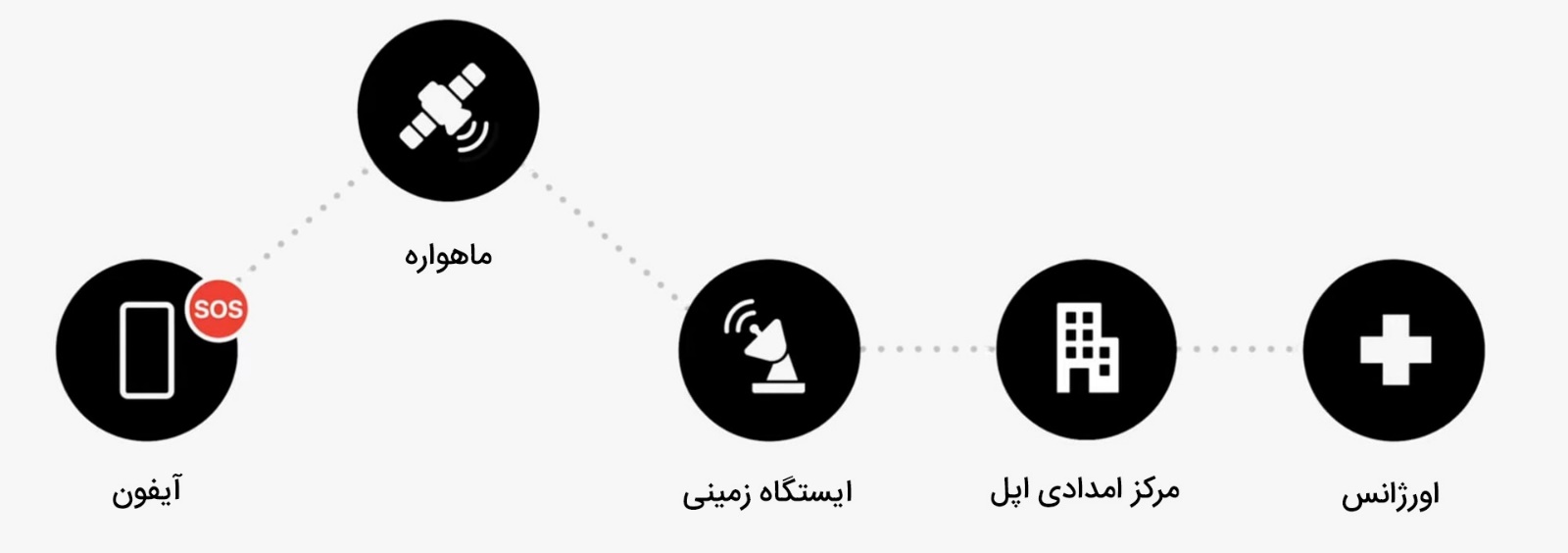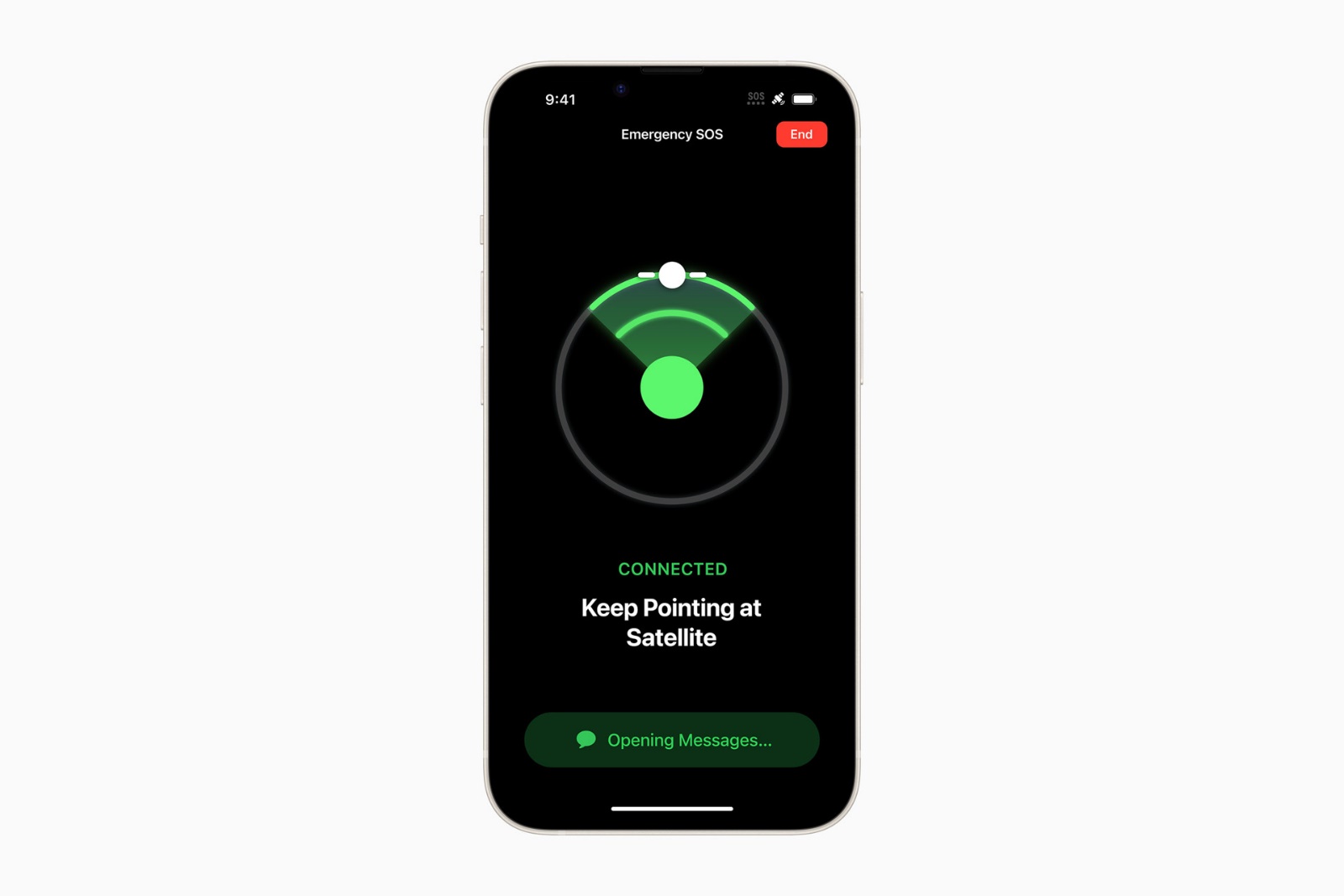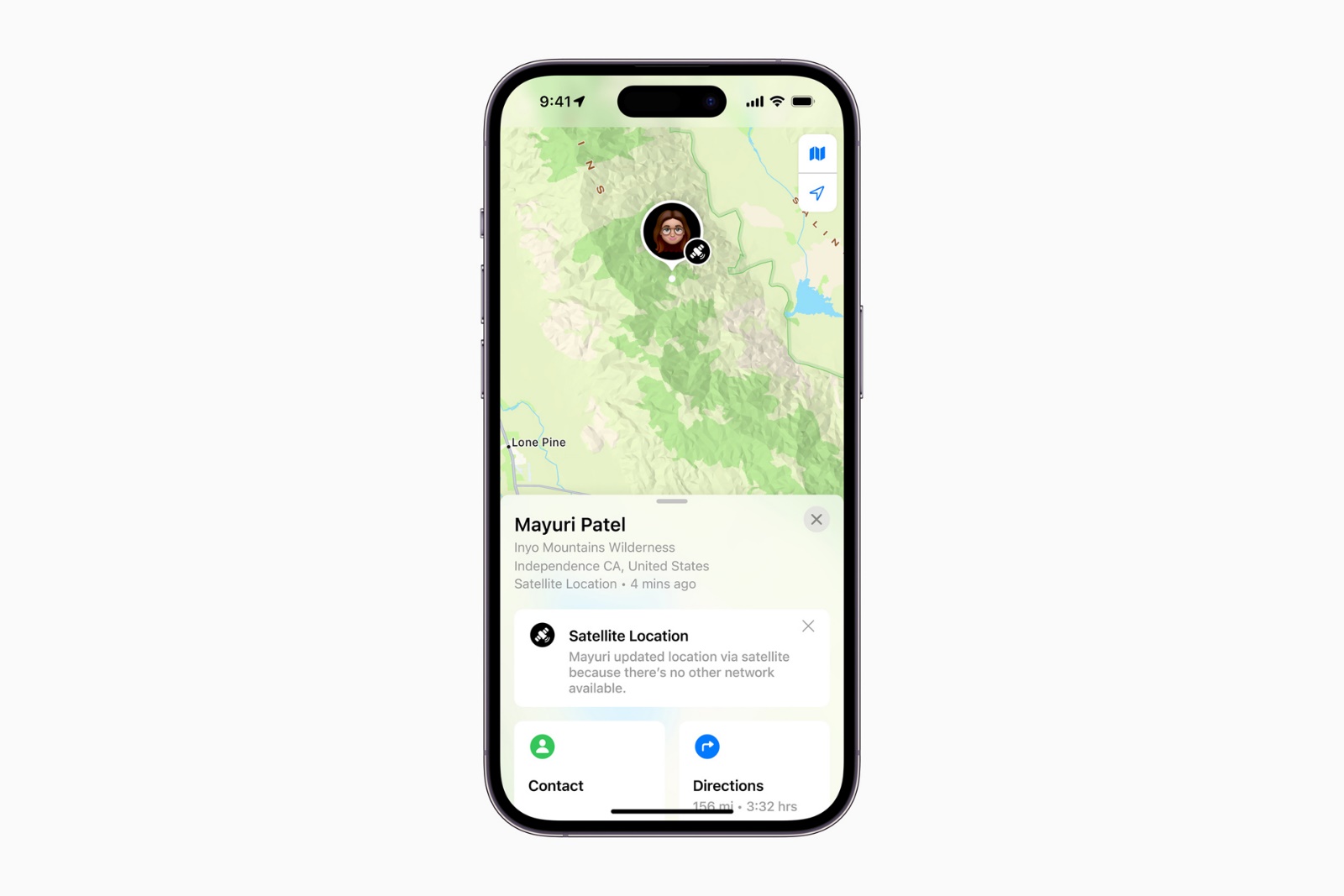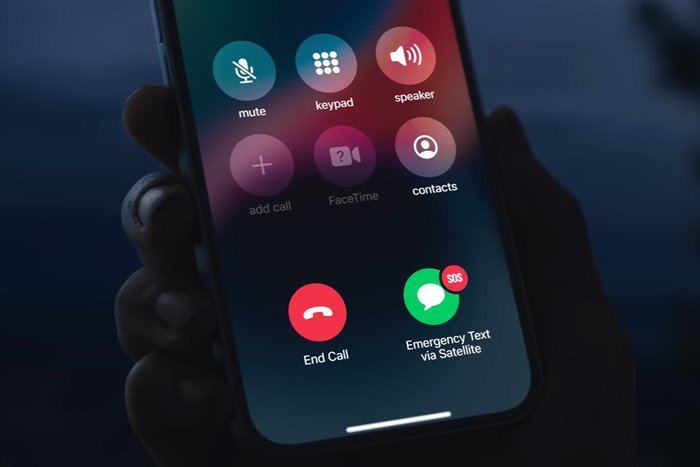Experts’ Concerns About The Satellite Communication Capability Of Apple’s iPhone 14 Series
Experts Say That The Satellite Communication Feature In The iPhone 14 Series May Cause Dangerous Problems.
The new iPhones allow you to send short messages from places with no mobile network or internet coverage. With the introduction of the iPhone 14 series, Apple has repeatedly mentioned the ability of satellite communication to send emergency messages in the advertisements for these phones. Still, some experts believe this new feature can cause problems for some users.
Apple says this is a critical new safety feature we hope you never need to use. However, experts say this feature can give adventurers a false sense of security. Christopher Boyer, executive director of the National Search and Rescue Association, says:
There are always beginners or untrained people in outdoor recreation. Moreover, there are always people who misuse existing technologies with hostile intentions. These people are misguided by trusting technology as a secure network they don’t understand.
Send a rescue request.
Apple says that the ability to send emergency messages via satellite will be activated in the iPhone 14 series from November. This feature helps you communicate with others in areas outside the coverage of the mobile phone network and Wi-Fi.
The company warns that sending a message via satellite in ideal conditions can take up to 15 seconds. In some scenarios, this period may increase to more than two minutes. If you are under vegetation or surrounded by various obstacles, you may be unable to send an emergency message using this method.

Satellites operate on line-of-sight links. If you are in a forest, cave, canyon, or anywhere else in northern Canada or Alaska, you may not have access to satellite communications. Boyer says:
Study and understand the limitations of satellite communications; Otherwise, this technology will be completely useless. You should not rely entirely on satellite services. Always ensure you have other means of making emergency calls or receiving alerts, such as two-way radios.
In a recent interview with the DigitalTrends website, Bruce Jones said smartphone users should be aware that two-way radio communications, which provide technologies such as weather and emergency alerts, are not entirely compelling and should be used responsibly.
Jones also explains that 911 operators often deal with calls from people who ignore warnings and call for help after getting themselves into trouble. In addition, some cities may charge you a lot for sending the helicopter.
He added:
Sending a free emergency message is insufficient to get help in all scenarios.
The argument that technological advancements cause risky behavior goes back decades. Mountaineers have argued that devices such as satellite beacons could send rescuers the necessary warning of injured adventurers. Still, these devices can also push inexperienced climbers into situations for which they are not prepared.

There is no doubt that satellite devices save human lives. The US National Oceanic and Atmospheric Administration (NOAA0) has announced that since the beginning of its work in 1982, using its satellites, they have carried out more than 48,000 rescue operations worldwide.
Alaska Air National Guard troops recently rescued an injured climber about 30 miles northeast of Anchorage. This mountaineer had sent a request for help using a satellite communication device. Jeffrey Hamilton, commander of the Alaska Air National Guard, said about the man’s rescue:
This rescue once again proved the usefulness of the two-way satellite communication device when traveling to some areas of Alaska where there is no standard mobile network service.
Satellite rescue
Many experts say the iPhone 14’s satellite capabilities can be handy if used carefully. Ryan B. Carlson, executive director of the WILD Education Association, said the possibility that satellite communications will lead to people relying too much on the technology is not a reason not to buy a new iPhone. He announced in an interview:
The answer is to introduce users to the best security practices and provide them with the necessary training. A day of training is affordable compared to the cost of rescue, especially in remote areas. To increase people’s awareness of recreational activities, we must increase access to education and the education volume to make the right decisions in different scenarios.

Jones agreed, saying:
Everyone needs different ways to receive and transmit emergency information. Received warnings about adverse weather conditions and the ability to call for help can help save lives. Therefore, it can be said that the power of satellite communication along with two-way radios will help to increase the safety of people when traveling to different areas where there is no coverage of mobile networks or the Internet.
All satellite communication solutions do not have the same performance.
Harding Bush, a former member of the Navy Security Global Rescue (a provider of medical, security, evacuation, and travel risk management services), said in an interview that those interested in traveling to other countries should not replace their other satellite messaging devices with iPhones.
He noted that the satellite messaging device allows you to send short text messages and emails to anyone, and the capabilities of these devices are not limited to sending short messages to emergency service centers such as 911. He said in part of his explanation:
Satellite messaging devices usually use a tracking feature that allows the user to send a message to specific recipients. The recipient can track the movement and location of the sender with a graphical map, including location, geographic coordinates, direction of travel, and speed of movement.
Bosch adds that connecting to mobile and satellite networks in one device is considered a significant advancement in technology; Because users will have more safety with these types of devices and can always contact the emergency service center.
A big step forward

Bush says:
With the expansion of satellite functionality on smartphones, the time will come when these features challenge the capabilities of satellite messengers, satellite tracking, and satellite phones. Still, until then, it is recommended to use devices that provide messaging and satellite tracking capabilities in areas with no mobile network coverage.
Boyer also warned that you should not enter the country with an iPhone 14 and should not worry about being rescued in case of emergency. It would help if you learned how to use a map and compass and bring these tools. Also, before such trips, let others know where you are going and when you will be back. In another part of his explanation, he said:
To increase safety, people should carry the necessary equipment for the environment they plan to travel to there. They should be trained in first aid and learn all the skills needed to be in open spaces to know their location if they get lost and can send a request for help.

